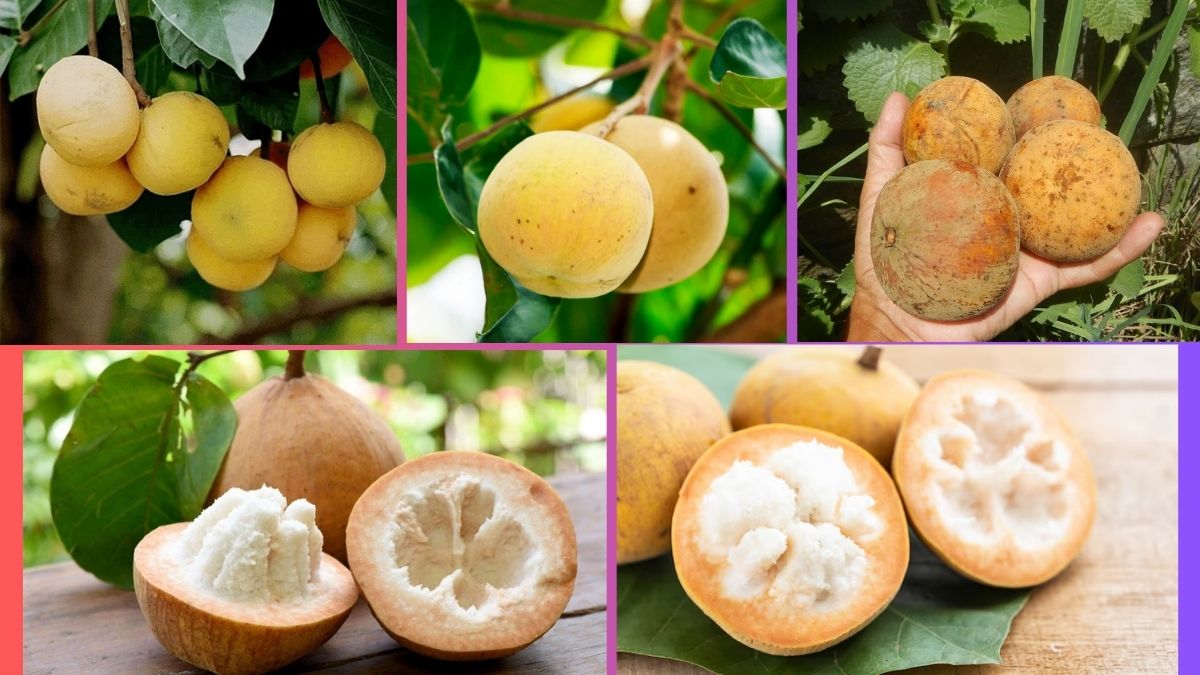When it comes to tropical fruits with a rich cultural heritage and distinctive flavor, Santol (Sandoricum koetjape) stands out as one of Southeast Asia’s prized gems. Also known as cotton fruit or wild mangosteen, santol holds a cherished place in the kitchens and orchards of countries like Thailand, the Philippines, Malaysia, and Indonesia. But when asking which country leads the world in santol production, the answer is clear: Thailand.
In this detailed article, we’ll explore the origins of santol, its cultivation, culinary uses, health benefits, and why Thailand is globally recognized as the largest santol producer.
What Is Santol?
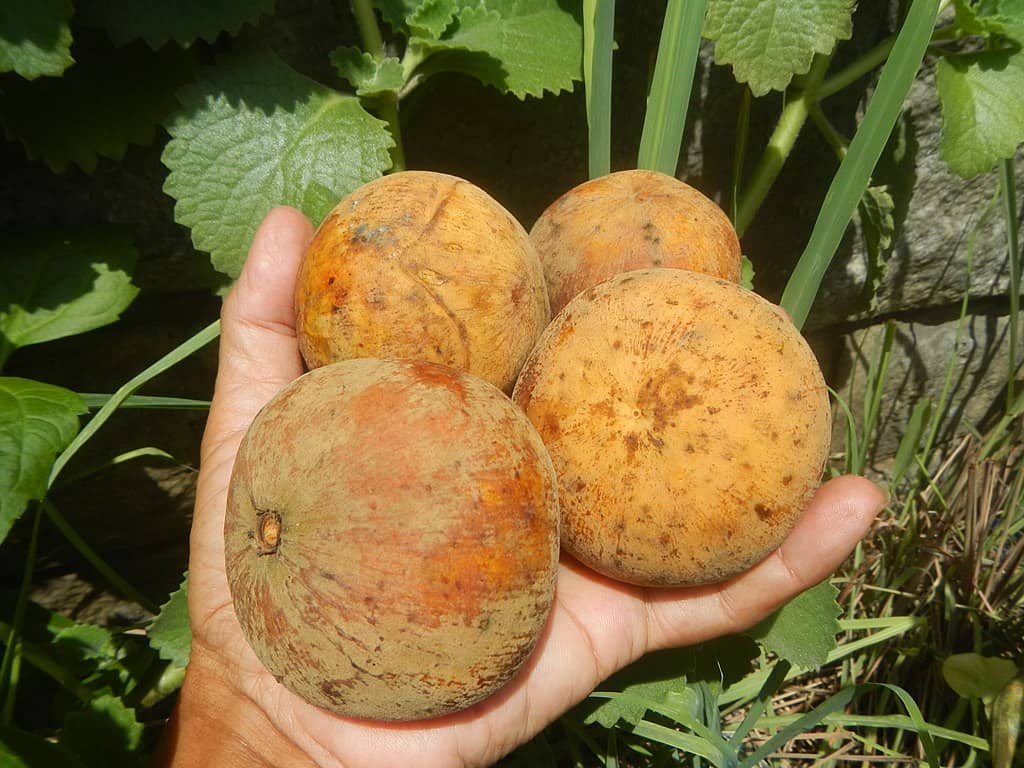
Santol is a tropical fruit-bearing tree native to the Malay Archipelago, encompassing parts of modern-day Indonesia, Malaysia, and the Philippines. The tree belongs to the Meliaceae (mahogany) family and can reach heights of up to 45 meters (150 feet). It thrives in humid, lowland areas with fertile soils and high rainfall.
The fruit itself is about the size of a large apple, with a yellowish to reddish rind and soft, cotton-like flesh surrounding large, hard seeds. It has a unique sweet and tart flavor, making it popular in both sweet desserts and savory dishes.
Global Cultivation of Santol
While santol is widely grown throughout Southeast Asia and tropical regions of India, Sri Lanka, northern Australia, and the Pacific Islands, commercial cultivation is most concentrated in Southeast Asia. The largest producers include:
- Thailand
- The Philippines
- Malaysia
- Indonesia
- Vietnam
However, Thailand clearly leads the way, both in terms of the total volume produced and the diversity of commercial cultivars.
Why Thailand Leads the World in Santol Production
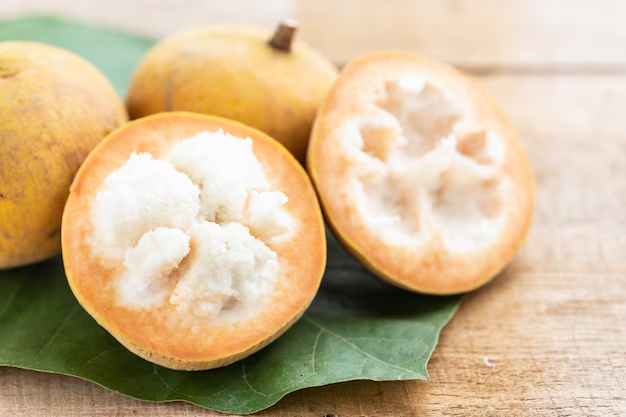
Several factors explain why Thailand is the world’s largest santol producer:
1. Ideal Growing Conditions
Thailand’s tropical climate, characterized by warm temperatures, abundant rainfall, and fertile soil, creates the perfect environment for santol trees to flourish. Major production areas include Lopburi, Chachoengsao, and Nakhon Nayok provinces.
2. Wide Variety of Cultivars
Thailand cultivates several popular santol varieties known for their size, sweetness, and soft texture. Some of the most famous include:
- Pui Fai Santol — Large, juicy fruits with a pinkish rind.
- Ela Santol — Sweet, soft flesh with minimal sourness.
- Ruby Santol — Deep reddish rind with rich flavor.
This diversity caters to both local preferences and export markets.
3. Large-Scale Orchards and Organized Farming
Unlike in other countries where santol is grown mainly in backyard orchards or mixed agroforestry systems, Thailand has developed organized, large-scale commercial orchards devoted to santol. This boosts production volume and quality consistency.
4. Strong Domestic and Export Demand
Santol remains a staple in Thai culinary traditions, especially in dishes like som tam (green papaya salad), where its tart flesh is grated into salads, and in preserves, jams, and desserts. The growing demand within Thailand is complemented by export shipments to countries like Singapore, Malaysia, Hong Kong, and Japan.
Santol Production Statistics
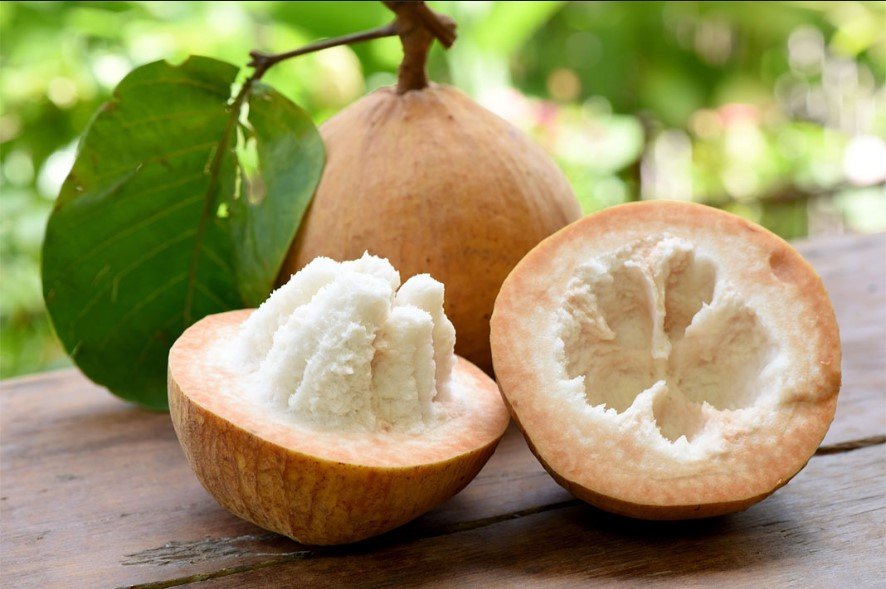
While exact global statistics are sparse due to santol’s status as a regional specialty, available data and expert estimates indicate:
- Thailand produces over 60% of the world’s santol.
- The Philippines ranks second, contributing around 20–25% of global production.
- Malaysia and Indonesia follow, with smaller, primarily local markets.
The peak harvesting season in Thailand runs from March to August, with most exports occurring between May and July.
Culinary Uses of Santol
Santol is an incredibly versatile fruit in the kitchen. Its uses include:
- Fresh eating: Peeled and eaten raw with salt and chili.
- Grated into salads: A key ingredient in Thai som tam.
- Pickled or candied: Made into sweet preserves and candies.
- Cooked in stews: Used to add tartness to meat and seafood stews.
- Made into jams and marmalades: Combining its natural tartness with sugar.
In the Philippines, it’s famously prepared as sinantolan — grated santol flesh sautéed with coconut milk, shrimp paste, and chili.
Nutritional and Medicinal Benefits
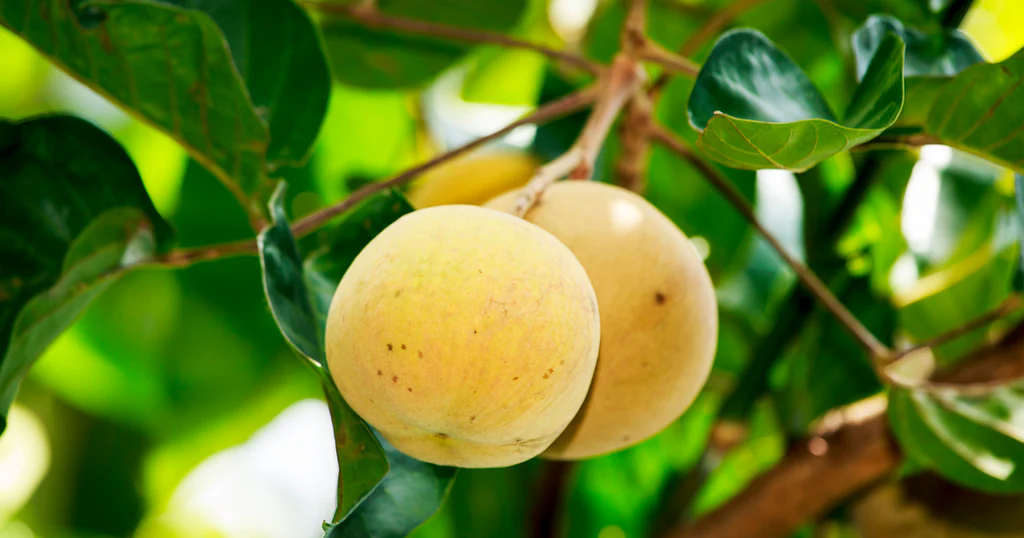
Santol isn’t just tasty — it’s also packed with health benefits:
Nutritional Value (per 100g):
- Calories: 57 kcal
- Vitamin C: 14 mg
- Potassium: 180 mg
- Calcium: 20 mg
- Fiber: 2.5 g
Health Benefits:
- Boosts immunity: Rich in vitamin C and antioxidants.
- Aids digestion: High fiber content promotes gut health.
- Anti-inflammatory properties: Traditional medicine uses santol for reducing inflammation and treating skin disorders.
- Supports weight management: Low in calories and high in fiber.
Cultivation Challenges
Like many tropical fruits, santol cultivation faces challenges:
- Pests and Diseases: Vulnerable to fruit borers, aphids, and fungal infections.
- Seed Hazards: The hard seeds can cause intestinal blockages if accidentally swallowed whole.
- Limited Shelf Life: Fresh santol has a shelf life of around 2–3 weeks, limiting long-distance exports.
Despite these, Thailand’s robust agricultural support system, along with improved post-harvest management practices, help maintain santol’s quality and market presence.
Economic Importance
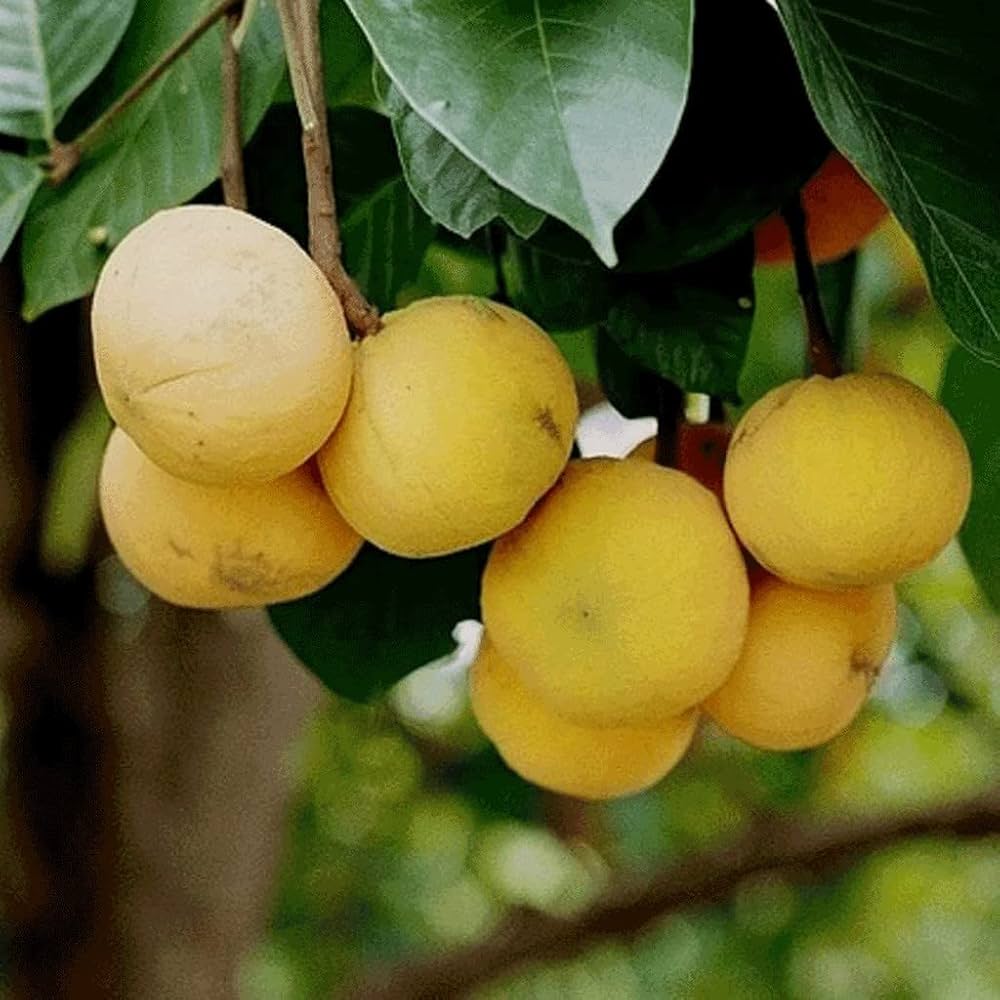
Santol farming provides livelihoods for thousands of smallholder farmers in Thailand. Its profitability has led to:
- Expansion of commercial orchards
- Introduction of improved cultivars
- Increased export shipments
- Inclusion in fruit festivals and agritourism initiatives
The fruit also contributes to Thailand’s $4 billion tropical fruit export industry, alongside mango, durian, mangosteen, and rambutan.
The Future of Santol Production
The future looks promising for Thailand’s santol industry:
- Rising global interest in exotic fruits is opening new export markets.
- Value-added products like dried santol snacks, jams, and beverages are gaining popularity.
- Health-conscious consumers are driving demand for natural, nutrient-rich fruits.
- Santol-themed agritourism is growing, with fruit farms hosting pick-your-own experiences and festivals during harvest seasons.
With its established dominance and growing demand, Thailand is poised to strengthen its position as the world’s top santol producer for years to come.
Conclusion
To answer the central question — Which country is the largest santol producer globally? — the answer is unequivocally Thailand.
Thanks to its ideal tropical climate, diverse cultivars, organized commercial orchards, strong local and export markets, and centuries of culinary tradition, Thailand has solidified its status as the global leader in santol production. While neighboring countries like the Philippines, Malaysia, and Indonesia remain important producers, none match Thailand’s production scale and commercial sophistication.
As international consumers develop a taste for tropical and exotic fruits, santol — and Thailand’s agricultural leadership — are well-positioned to enjoy continued growth and global recognition.
